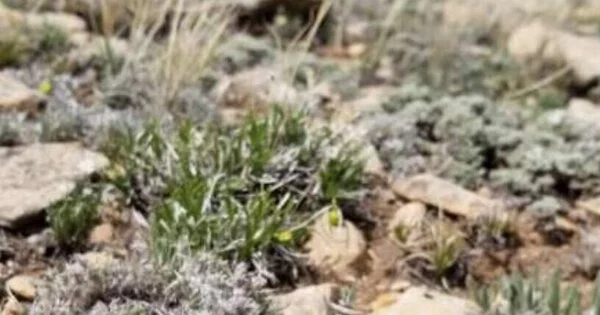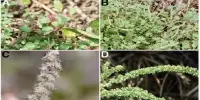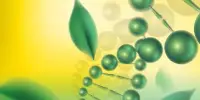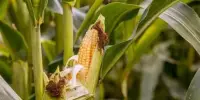Sagebrush is one of the most recognizable plants in the American West. Sagebrush, which can be found throughout Wyoming, is a common and sometimes monotonous sight. Although it may not be the most visually appealing backdrop, sagebrush plays an important role in ecosystems.
The Laramie chickensage is unique among the hundreds of sagebrush species, the majority of which are pollinated primarily by wind. According to new research led by a University of Wyoming graduate student, a rare species of sagebrush found only in southeast Wyoming survives primarily through pollination by bees.
According to the research published in the Nordic Journal of Botany, this distinguishes the Laramie chickensage from the hundreds of species of sagebrush, the majority of which are pollinated primarily by wind.
The study was led by Madison Crawford, a recent UW master’s degree recipient from Newcastle. She also has a bachelor’s degree in botany from the University of Wyoming, where she was an undergraduate Wyoming Research Scholar from 2017 to 2019. The paper’s co-authors are Lusha Tronstad, the Wyoming Natural Diversity Database’s lead invertebrate zoologist, and Joy Handley, an assistant research scientist.
We demonstrated that assuming a plant is pollinated in the same way as other members of the genus can be misleading. We urge others to investigate the pollination of rare and endemic plants. With the widespread decline of pollinating insects, this need becomes even more pressing.
Madison Crawford
The Laramie chickensage is found only in the foothills of the Laramie Range, Shirley Basin and Shirley Mountains of southeast Wyoming. Listed as a sensitive species by the Bureau of Land Management — which funded this study — the plant features large, showy, yellow flowerheads, unlike the vast majority of sagebrush varieties.
The scientists theorized that the showy flowerheads might attract insect pollinators, and that’s what the research showed. While the Laramie chickensage is partially wind-pollinated, some 61 percent of the viable seeds produced by the plants in the study were from insect pollination.
“Despite ideal environmental conditions for wind pollination, we think that pollen transported by insects is needed to produce the most seeds,” the researchers wrote.
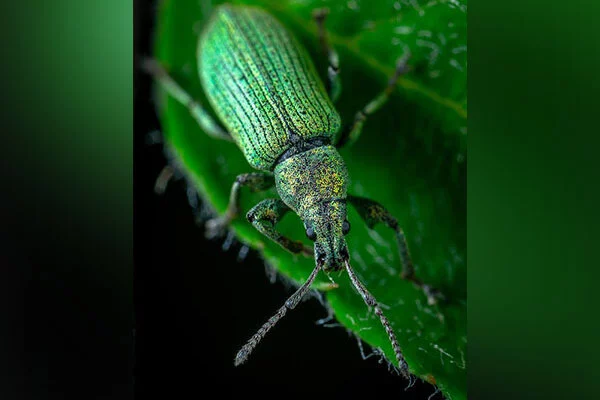
The experimental study involved eight patches of Laramie chickensage in the region, where mesh bags were used to prevent insect pollination and cloth bags were used to prevent both insect and wind pollination. Each area had its seeds counted and weighed.
At those locations, the scientists also trapped and identified a variety of bees, then collected pollen from the insects. Previous research on a wide range of plants has revealed that pollination by insects and other animals is more common than wind pollination. Plants exhibit both pollination mechanisms when they transition from animal to wind pollination to compensate for changing environments.
“We discovered that (Laramie chickensage) exhibits more animal pollination than wind pollination, which may indicate that this plant is in a transitional period and is adapting to a changing habitat,” the researchers wrote. They advocate for similar research to help inform management decisions for other types of rare plants.
“We demonstrated that assuming a plant is pollinated in the same way as other members of the genus can be misleading,” they wrote. “We urge others to investigate pollination of rare and endemic plants.” “With the widespread decline of pollinating insects, this need becomes even more pressing.”
